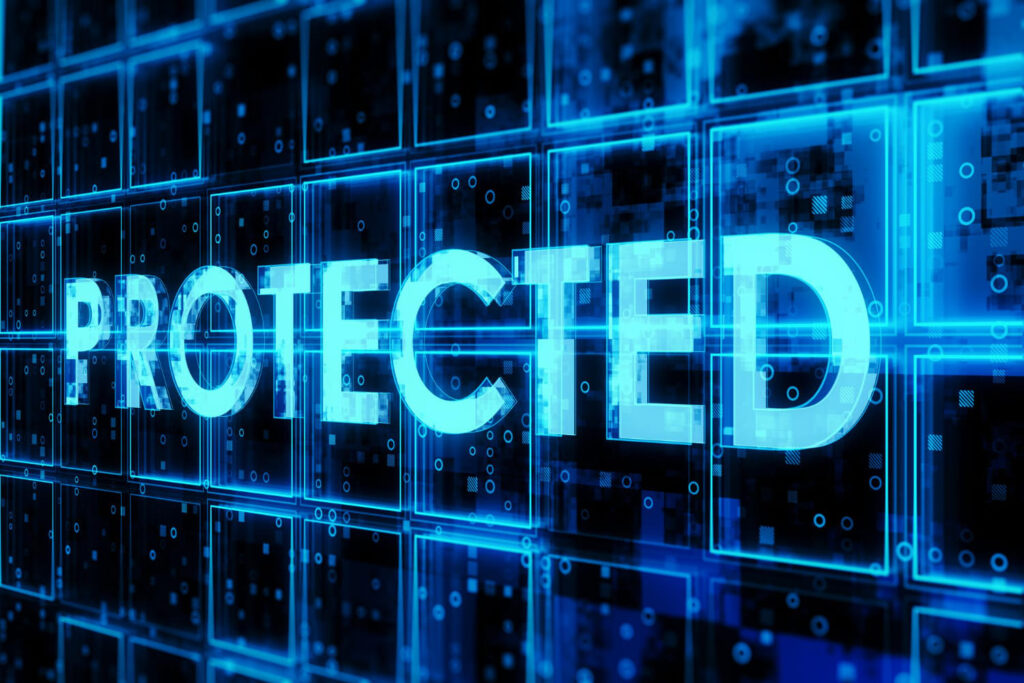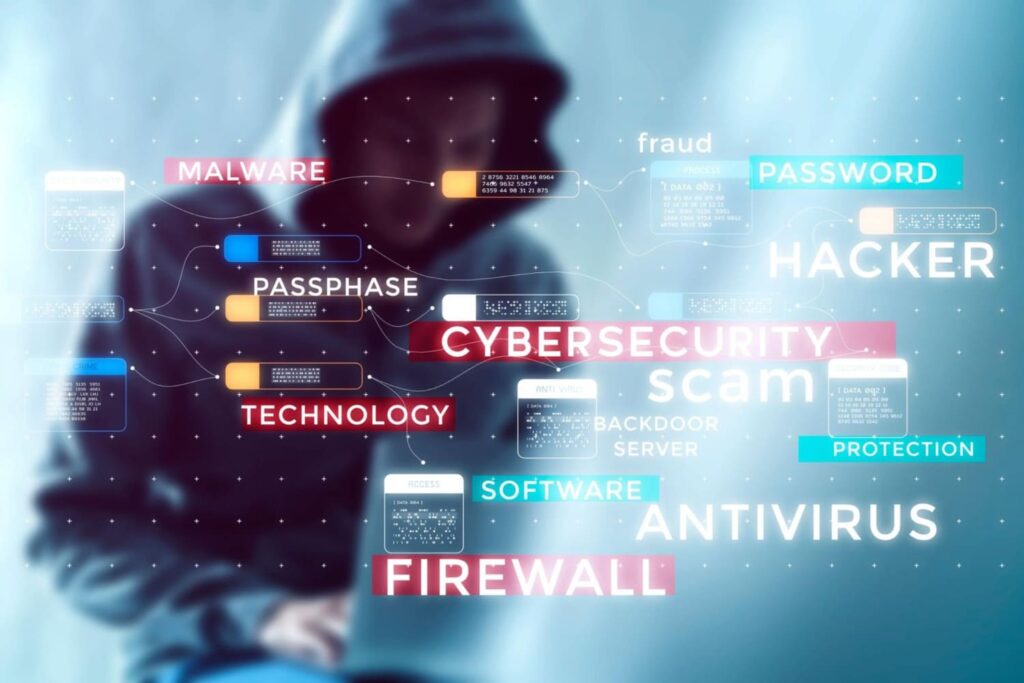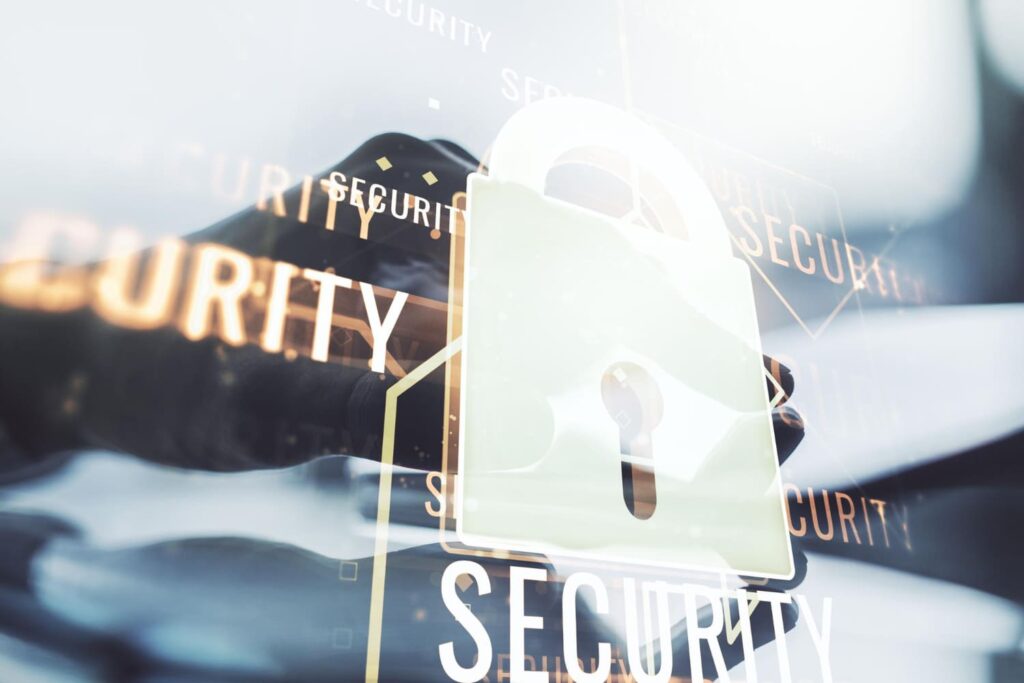Cyber threats are changing rapidly and evolving stronger each day. To face this era, cyber resilience is not just a strategy—it’s a necessity to stop attacks and get smarter from attackers to ensure our information stays safe.
Learn more about cyber resilience, from how it works to its essential components. This way, you’ll know how to take smart, forward-thinking steps to protect your digital life. Read on!
What is Cyber Resilience?

Cyber resilience refers to an organization’s ability to safeguard, detect, respond to, and recover from cyber events, such as cyberattacks, natural disasters, and other kinds of attacks. Having robust cyber resilience means an organization is always ready to ensure it can continue operating with minimal downtime despite breaches or attacks.
Why is Cyber Resilience Important?

If you own a business or an organization, having solid cyber resilience is vital to compete in the market for business continuity. Here are why:
Gaining Customer Trust and Business
Nowadays, organizations or businesses of all sizes need to comply with international management standards for information security, cyber security, and privacy protection, such as ISO 27001. This ensures that the organization already fulfills and conforms to the requirements for information security management systems (ISMS) and has robust cyber resilience.
Increasing Competitive Advantage
Between companies with solid cyber resilience and the ones who don’t, which one would you choose? Of course, the solid one. This adds significant value to the company, making their operations more effective with their cyber resilience management systems. Also, it ensures users that their data is on the right hand.
Mitigating Financial Loss
A 2021 CSIS report stated that there was over USD 1 trillion in economic damage due to cyberattacks globally. This huge number shows how damaging cyberattacks are to companies all over the world. With powerful cyber resilience, the mitigation process in the case of financial loss will be quicker.
How Do You Achieve Cyber Resilience?

Achieving cyber resilience is not impossible if organizations follow several best practices, including:
Improving Security
Security should be the first thing that comes to mind when an organization is planning to achieve cyber resilience. Cyber attackers will find difficulties to access organizations with robust security systems. Some efforts can include multi-factor authentication, asset tracking, regular backups, and strong passwords.
Detecting Attacks
Strong security systems also involve swift attack detection to minimize possible damage. When a system detects anomalous network activity or unexpected system behavior, trained staff should become alert immediately to be able to take control of the issue.
Responding to Attacks
When an attack is detected, the next important step is to decide how to respond. A solid organization must have a plan for responding quickly to attacks to minimize downtime and damage. The responsible team should truly address the root of the problem. Please refrain from declaring “attack handled” too soon to avoid another strike from the attacker.
Recovering from Attacks
After everything is finally under control, organizations must perform backups to recover from the attack. Thus, a system recovery plan has to be streamlined beforehand.
What are the Goals of Cyber Resilience?

The main goals of cyber resilience are:
- Ensure an organization or a business is prepared with a robust plan to deal with attacks.
- Maintain vital business functions during a case of attack.
- Recover business operations quickly after cases of attacks.
- Gain insight from previously occurred attacks to be more adaptive to future attacks.
Components of Cyber Resilience

There are four main components of cyber resilience. These components help organizations or businesses achieve robust cyber resilience.
Cybersecurity
Cybersecurity is the essence of cyber resilience. It helps safeguard the organization’s ecosystem, from network to data, from cyber security threats, to maintain its cyber resilience.
Nowadays, it is increasingly vital to have robust cybersecurity systems, as attacks can compromise companies’ data and relationships with customers. No wonder research predicts that worldwide security services spending will reach 90 billion USD by 2024.
Risk Management
Cybersecurity Risk Management (CRM) is a key part of Vulnerability Risk Management (VRM), focusing on protecting an organization’s digital assets against cyber threats. This risk management involves identifying, assessing, and mitigating risks to ensure uninterrupted operations.
CRM integrates cybersecurity across all organizational operations, involving every stakeholder to address vulnerabilities and build resilience.
Business Continuity
Business continuity is a key element of cyber resilience, ensuring a company can keep operating during and after a cyber incident. It involves planning and preparation to minimize disruption and maintain critical functions, thus enabling a swift recovery and ongoing protection against future threats.
Disaster Recovery
Disaster recovery (DR) focuses on restoring IT systems and operations after a disruptive event. It’s about having a strategic plan in place to quickly recover access to data, applications, and services following incidents like cyberattacks or natural disasters. DR ensures minimal downtime and helps maintain trust and continuity in the face of adversity.
Frequently Asked Questions
What is cyber resilience versus cyber security?
Cybersecurity focuses on preventing cyber threats, while cyber resilience is about maintaining operations during and recovering after an attack.
What is the cyber resilience stress test?
The cyber resilience stress test evaluates how well organizations can respond to and recover from simulated cyberattacks, ensuring they can continue to operate under such threats.
Is digital resilience the same as cyber resilience?
Digital resilience is broader than cyber resilience, encompassing the use of digital technologies to adapt to all kinds of disruptions, not just cyber threats.
Conclusion
In today’s digital age, where cyber threats are increasingly sophisticated, cyber resilience is crucial for organizations to protect their digital assets and ensure operational continuity. It goes beyond preventing attacks to include detecting, responding to, and recovering from them with minimal disruption.
This concept is fundamental for building customer trust, maintaining a competitive edge, and reducing financial losses. Organizations must remain vigilant and adaptable, using lessons from past incidents to strengthen their defence against future cyber threats.
If you want to improve your company’s cyber resilience, contact Fluxgate now!
